Support Village Voice News With a Donation of Your Choice.
It is here again. World Diabetes Day which is celebrated on November 14 each year. After three decades of its conceptualization, it remains relevant and necessary and a serious health concern. This year’s profound theme, “Access to diabetes care while ensuring that the right information and care is disseminated to those who need to know and who need to respond appropriately and timely,” emphasizes this.
The data suggests that Diabetes is the second most prevalent cause of non-communicable disease and the fourth leading cause of deaths among persons over 45 years of age in Guyana Ke et al(2020). Ke et al(2020) noted that this disease burden in Guyana may be higher than previously estimated and there could be a higher prevalence among women in rural areas. The authors reported that there was a 1:3 prevalence in women compared to 1:4 in men and that the prevalence might have doubled in rural areas compared to the urban communities.
Our country needs to adopt a more robust and comprehensive approach going forward. Stakeholders and policymakers must ensure that the determinants of Diabetes are addressed expeditiously and persistently. These factors include education, income, employment, and lifestyle behaviour such as the use of tobacco.
Stringent efforts should be made to prevent and delay Diabetes especially among persons with pre- diabetes. In addition, glucose monitoring should be supported, appropriate education and comprehensive telehealth should be encouraged to support diabetes self-management. Healthy lifestyles to decrease Diabetic risks should be also promoted. Citizens have a responsibility to educate themselves and to rigorously follow the advice given by medical practitioners.
So, on this World Diabetes Day, the clarion call goes out for Healthcare providers to address this global health issue frontally. Let the relevant studies be done to provide insights into the disease profile in Guyana by even venturing out to discover the molecular basis of insulin resistance among Guyanese who are diabetics. This call to action is for the 50 percent of individuals who have been diagnosed with Diabetes and to the remainder of persons who are experiencing symptoms or diabetic complications although undiagnosed.

















